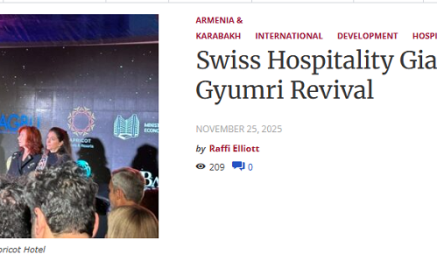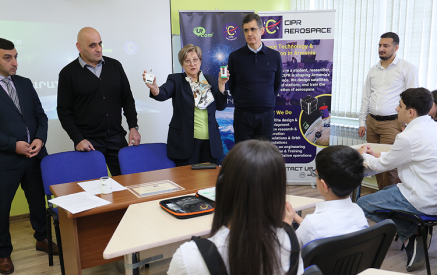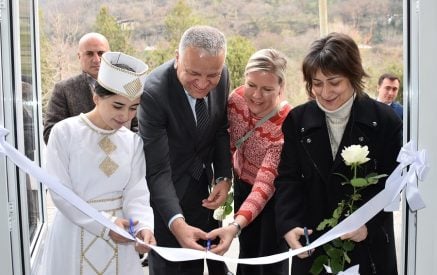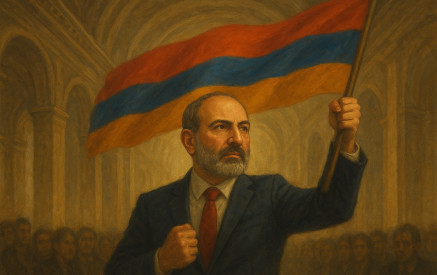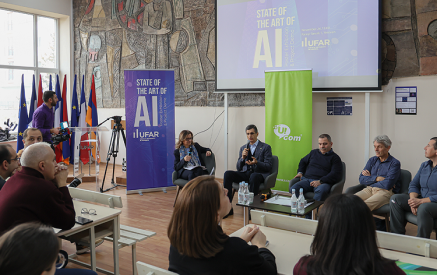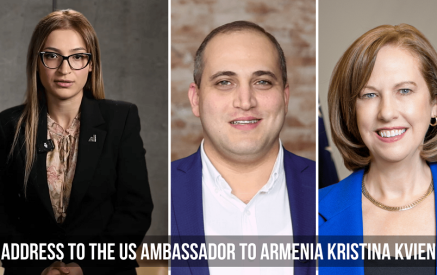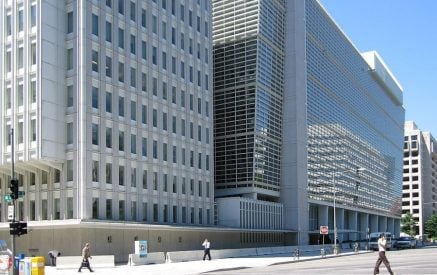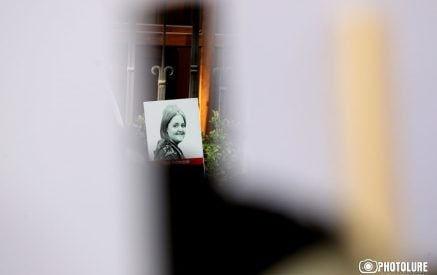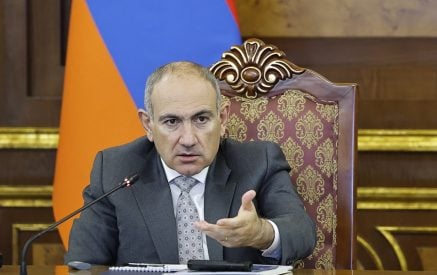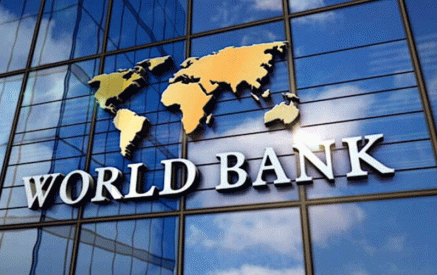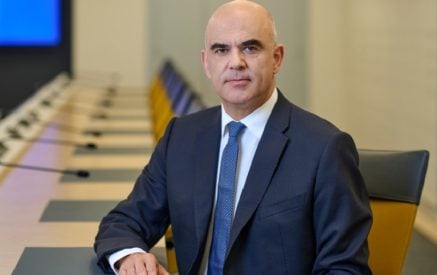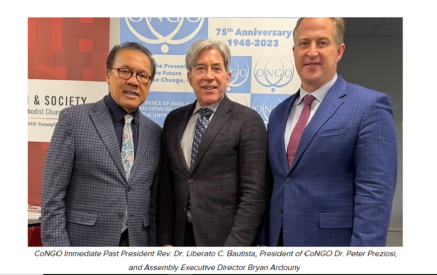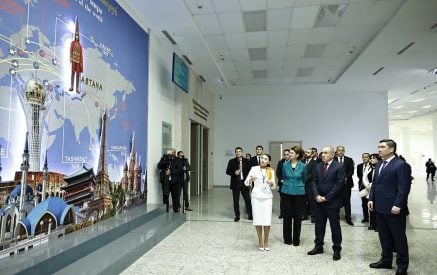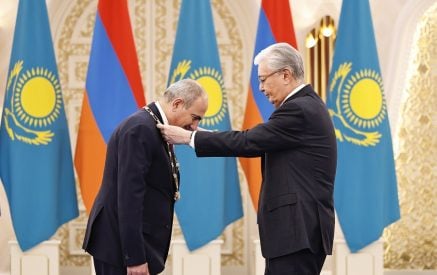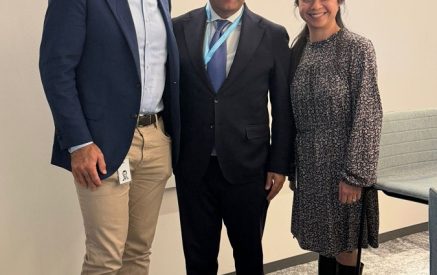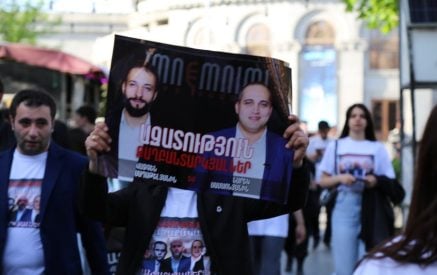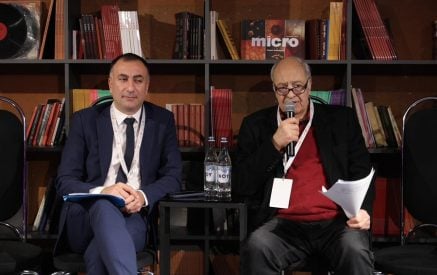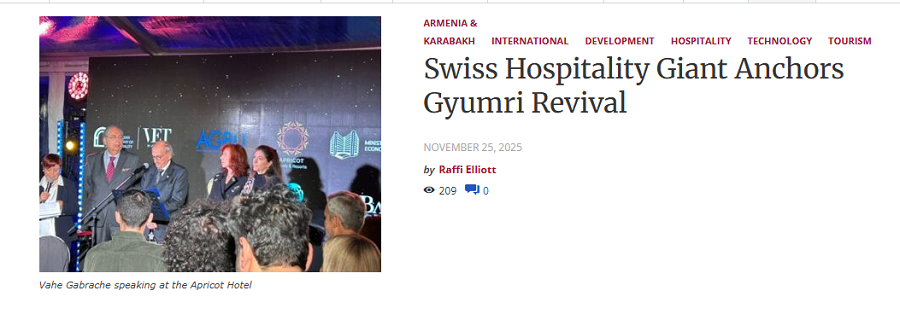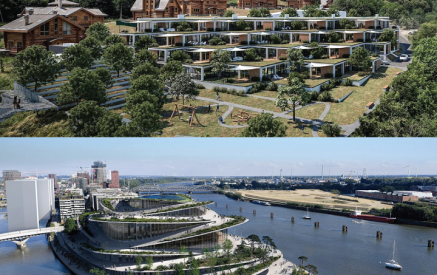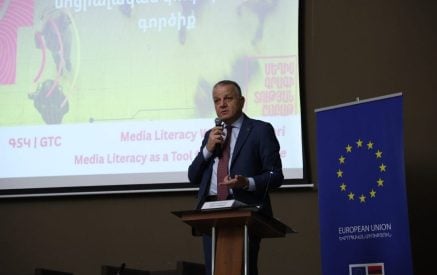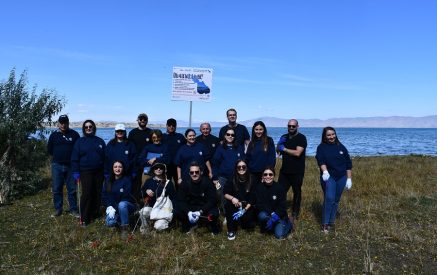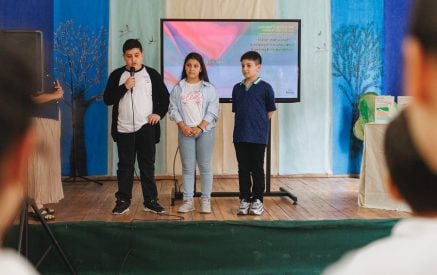by Raffi Elliott
GYUMRI, Armenia — On a chilly November morning twenty or so students scramble to find their seats in a small classroom which would look like any university auditorium but for the fact that this one is located under the gables adorning the attic of the ultra-chic Apricot Hotel in downtown Gyumri. These students, hailing from across Armenia’s ten provinces, are about to attend the first ever classes given at the Swiss-Armenian Academy of Hospitality (SAAH), a first-of-its-kind experiment in the tiny country nestled in the Caucasus mountains.
As of November 18, this elite institution of higher learning, a branch of the prestigious Swiss hospitality management school École hôtelière de Lausanne (EHL), is opening its doors to Armenians looking to pursue careers in the culinary arts, hotel and restaurant management. Its stated mission is to elevate Armenia as a regional hub for hospitality and service excellence by developing the next generation of industry-ready global professionals through international standards and local relevance. This initiative, the brainchild of Swiss-Armenian entrepreneur and Armenian General Benevolent Union (AGBU) Board member Vahe Gabrache, marks the culmination of many years in the making.
Read also
Starting from a meeting held with the incoming Armenian government back in 2018, the project, which is fully supported by the EHL Hospitality Business School, gained a brick and mortar home when the owners of the Apricot boutique hotel chain agreed to host them in their Gyumri location. This project, which is supported by the Armenian state, as well as the AGBU, acts as an anchor for more comprehensive redevelopment of Armenia’s second largest city as a center for tourism and light manufacturing.
Just down the cobblestone encrusted street from SAAH, in the heart of Gyumri’s old town, workers are polishing stones in preparation for the re-opening of the city’s historic market square. This project, the joint efforts of the TUMO Center for Creative Technologies, the European Union and the Gyumri municipality, intends to transform the space into a hub for education, culinary arts, and economic development which will accommodate workshops, local artisan booths, restaurants, and festival venues. The project also includes a French-accredited culinary school providing full-ride scholarships to thirty students.
The market is but the second footprint that TUMO has made in the beleaguered cityscape, coming after the opening of a state-of-the-art TUMO Center in the historic theater building. Hundreds of Gyumri youth take after-school lessons in coding, graphic design, robotics and more, often being recruited to work in the city’s burgeoning tech industry clustered around the Gyumri Technology Center, another initiative launched with almost 1.5 million USD in government funding over a decade later which has attracted big name firms including the likes of D-Link.
These investments in Gyumri’s tech, tourism, and hospitality sectors, along with a revitalization of the traditional textile industry, build on massive redevelopment efforts that in recent years have transformed the city through the near-total reconstruction of its neoclassical old town, major infrastructure projects including repaved roads and energy-efficient streetlights, and the renovation of central green spaces. These efforts, likely the largest of their kind since independence, have transformed the city which continues its slow recovery since being hit by a devastating earthquake 37 years ago.
Across the city’s central Saint Vartan Square, the exquisitely carved 19th century Holy Savior Church, which was almost totally demolished during the earthquake, has recently reemerged from a three-decade-long cycle of reconstruction, being officially reconsecrated on December 7, 2024. That date, set to coincide with the 36th anniversary of the devastating 1988 Spitak Earthquake, serves as a potent symbol of the city’s revival.
Still, despite the years, time hasn’t healed all wounds in Gyumri. Reminders of the 38 thousand lives lost, and the estimated $43.1 billion (in 2024 dollars) of damage dot the city to this day. Indeed, the city’s woes didn’t end with the earthquake, which was followed in quick succession by the collapse of the USSR in 1991 and the ensuing first Artsakh War which brought with it a loss of interest in the city along with power cuts, dismantling of industry, and widespread corruption as local strongmen diverted reconstruction funds into patronage networks, leaving many victims both jobless and homeless for decades.
Yet the pace of this recent rise from the ashes, exemplified by the endless stream of ribbon cutting ceremonies all across the city over the past several years, has been peculiar in the fact that it appears to be largely rudderless. Indeed, Gyumri’s latest mayor, the highly controversial Vardan Ghukasyan, was arrested after a tense standoff with agents of the anti-corruption committee last month, on bribery charges which he dismisses as politically motivated. He was appointed mayor earlier in April on a Communist Party ticket with 20 percent of the vote. Despite gaining a plurality of the vote, with 36 percent (its largest share of the municipal vote ever), Prime Minister Nikol Pashinyan’s Civil Contract party was outmaneuvered by a coalition of other opposition parties, mostly headed by local business tycoons, which helped secure Ghukasyan’s candidacy. At the time of his appointment, the local strongman was already facing two separate proceedings related to corruption, having been filed in 2024 and another as far back as 2019.
The first term in office of Ghukasyan, who ruled over Armenia’s devastated second city between 2002 and 2012, was very controversial. It received much scrutiny over the alleged establishment of patronage networks and the diversion of large sums of aid money destined for post-earthquake reconstruction, resulting in decades-long delays in the provision of housing for many homeless residents. His ouster in 2012 by then-president Serzh Sargsyan as mayor, following a much publicized drive-by shooting incident involving his son in the city’s central-square indirectly named after him, triggered a modest return of both local and foreign investment, which picked up speed right before COVID-19 restrictions put a stick in its wheel.
Despite continuing issues with bureaucratic red tape, enduring physical and psychological trauma from the 1988 earthquake, and slow economic growth, the city has proven resilient. Now at a crossroads, both economically and geographically, Gyumri finds itself jostling to adapt to a changing cultural and geopolitical environment as politicians in both Yerevan and Ankara mull over reopening a long-sealed border not 5km west of its main square.
Yet to those assembled in the courtyard of Gyumri’s Apricot Hotel on November 1 for the official opening of the Swiss-Armenian Academy of Hospitality, the city’s best years are still to come. “May this school become a beacon for our youth and a symbol for the Caucasus. We will continue to build a future for our people that our ancestors would be proud of,” declares Gabrache.


